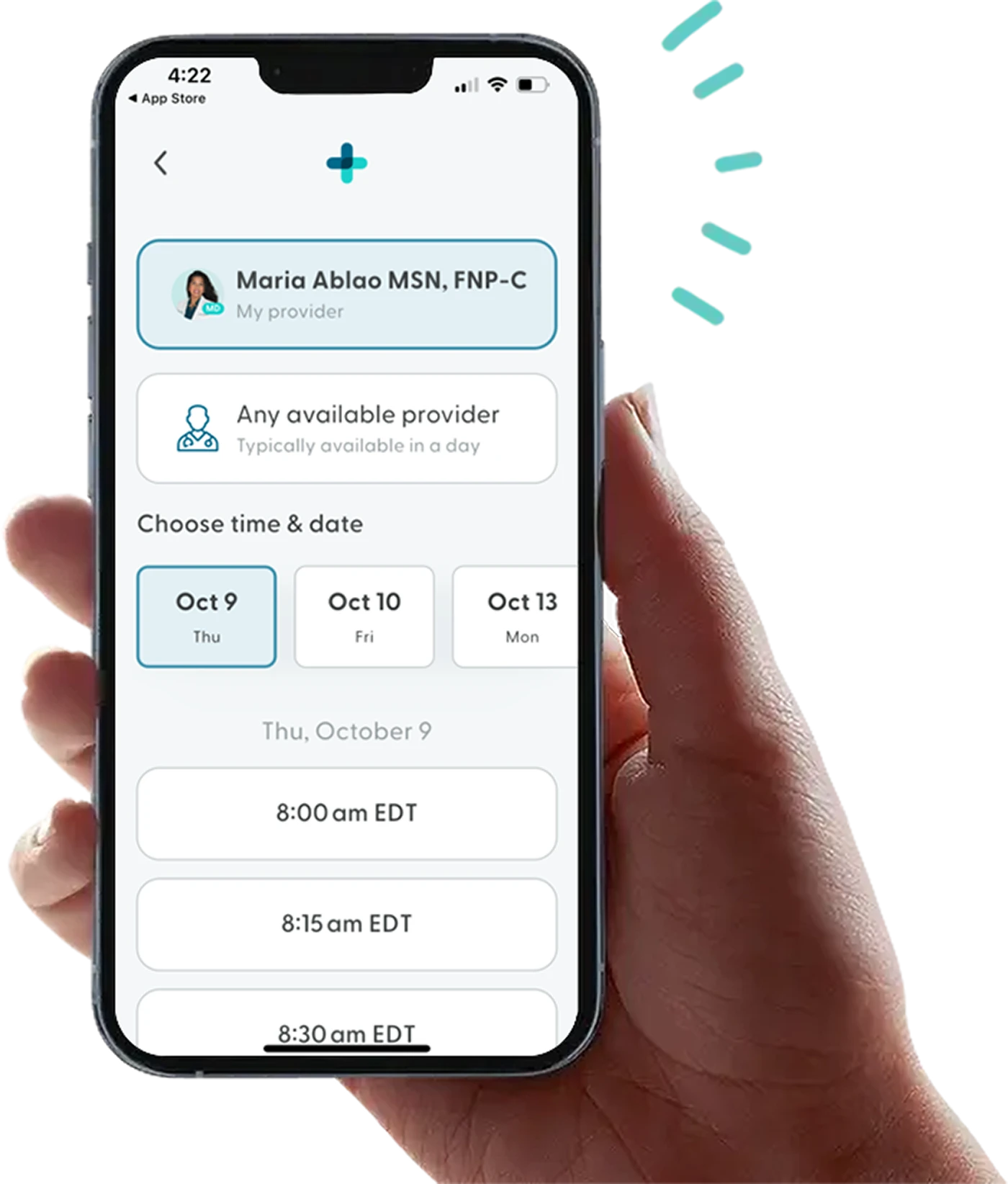How to Make Smarter Choices at the Grocery Store
While it’s beneficial to have an abundance of options in U.S. grocery stores, it can make it harder to distinguish between healthy and harmful foods. Marketing tactics from manufacturers and supermarkets can unconsciously influence the decisions you make while grocery shopping.
While it's not always obvious, many supermarkets strategically place items in certain corners of the grocery store to increase sales regardless of the product’s healthiness. Many families gravitate to ultraprocessed foods because of the attractiveness of certain packaged products on the shelf.
However, the negative long-term metabolic health effects are not always immediate. Your metabolic health encompasses how well your body is able to regulate bodily processes like blood sugar, inflammation, and more. Knowing how to navigate the grocery store can help you leave the grocery store with better options for your long-term metabolic health.
How Do Grocery Stores Influence Consumers?
Manufacturers of packaged foods work with grocery stores to enforce certain marketing efforts. For example, some manufacturers may pay a grocery store extra to place products near the end of the aisle where consumers are more likely to see them.
You may also notice specific messaging on food labels to attract consumers. Words like “organic” and “fat-free” may attract a certain type of consumer. However, many ultraprocessed foods with this label may still contain harmful ingredients.
Bright labels and attractive slogans of popular breakfast cereals and sugary snacks draw the eye of children walking down grocery store aisles with their parents as well. These marketing strategies can lead to an early craving for ultraprocessed foods that can continue into adulthood.
What are the Risks of Ultraprocessed Foods?
Most Americans begin consuming ultraprocessed foods in childhood. While processed foods are okay to consume from time to time, it’s important to eat mostly fresh fruits and vegetables for optimal metabolic health outcomes. The best way to start healthy habits is to start young.
A high prevalence of ultraprocessed foods in your diet can increase your risk of illness and chronic health conditions. Those who consume primarily ultraprocessed foods are more likely to develop the following health conditions:
Cardiovascular disease
Hypertension
Low cholesterol
How to Properly Read Food Labels
Many packaged food labels have general claims about their nutritional value that don’t tell the full story. For example, many manufacturers list the presence of vitamins and minerals on products without specifying which are actually present in the food. However, health experts are making efforts for more transparent nutritional labeling, including adding warnings for high amounts of sugar in foods.
10 Tips for Making Smart Grocery Choices
The following tips can promote discipline while doing your grocery shopping. It’s important to get what you need more than what you’re craving in the moment.
1. Make a grocery list
Craft a list of items you need (written or typed) before you go to the grocery store. A grocery list can help you stay focused without picking up items you don’t need.
2. Fill up a well-balanced cart
Pre-packaged foods are often bought because of how easy they are to make. However, try to keep a balance of fresh fruits and vegetables and pre-packaged foods in your cart to increase the likelihood of making healthy meals.
3. Shop at nearby farmers’ markets
If possible, try your local farmer’s market to purchase more fresh foods. Many fresh foods at farmers' markets are also locally grown. Buying local can help put resources back into your community.
4. Opt for less processed versions of your favorite foods
Consider making the following swaps with your favorite foods to reduce your consumption of ultraprocessed foods:
Raw oats instead of prepackaged breakfast cereals
Fresh poultry instead of frozen chicken nuggets
Fresh fruit instead of high-sugar snacks
5. Find the in-season produce first
When you walk in, start your grocery store run at the perimeter of the store where fresh fruits and vegetables are typically placed. Grocery stores often put fresh produce that is in season on sale as well.
6. Buy things in bulk when you can
Some items are cheaper when you buy a lot of it at once. If you are buying groceries for a family, it could be cost-savvy to see which items may be cheaper to buy in bulk instead of adding it to each grocery store run.
7. Search local loyalty programs and discounts
Many grocery stores have an option to sign up for loyalty rewards programs with them for free. See if your local supermarket offers loyalty programs and monthly discounts.
8. Reduce packaging by keeping your own reusable bags
Bringing your own reusable bags to the grocery store can help reduce waste as you grocery shop. You can also get different colored reusable bags if you want an easier way to organize groceries on the way back home.
9. Stick to your budget
A tip that can help you with making a grocery list is setting up a budget. A grocery store budget can also help you avoid overspending on additional snacks you may not need.
10. Have a meal before going to the grocery store
While it can be hard on busy days, try to have a snack or something filling to eat before going to the grocery store to prevent overbuying sugar cravings.
Additional Factors to Consider for Healthy Grocery Shopping
Many community staples, like community and recreational centers, host food drives on the weekend where they give out free groceries like canned vegetables and fresh meat to anyone who shows up. Food drives often provide bulk options that can be helpful for big families looking to eat more fresh fruits, vegetables, and lean proteins.
If weight loss is one of your main priorities while grocery shopping, the LifeMD Weight Management Program provides additional weight loss treatment options like GLP-1 medications. GLP-1s are weight management medications that mimic natural hormones responsible for appetite and satiety.
Along with eating a well-balanced diet, taking GLP-1 medications like Wegovy (semaglutide) and Ozempic (semaglutide) promotes weight loss for those with weight management goals.
Where Can I Learn More About Eating Healthy?
At LifeMD, a licensed healthcare provider can help you follow a nutrition plan that works for your lifestyle.
When you join the LifeMD Weight Management Program, you also receive access to the LifeMD+ membership, which offers 24/7 access to expert health guidance and licensed healthcare providers who can answer your nutrition questions and, if appropriate, prescribe weight loss medications.
As part of the program, LifeMD-affiliated healthcare providers can also offer resources like complimentary “6s appointments” to support six key areas of health, such as nutrition (sustenance) and fitness (sweat).
Get started today to learn more about improving your nutrition and grocery store habits.
More articles like this
Feel better with LifeMD.
Your doctor is online and ready to see you.
Join LifeMD for seamless, personalized care — combining expert medical guidance, convenient prescriptions, and 24/7 virtual access to urgent and primary care.

GLP-1
Zepbound® Wegovy® Saxenda®
This is it! Be part of the weight loss movement everyone’s talking about.
Get Started Now
 Medically reviewed and edited by
Medically reviewed and edited by 













